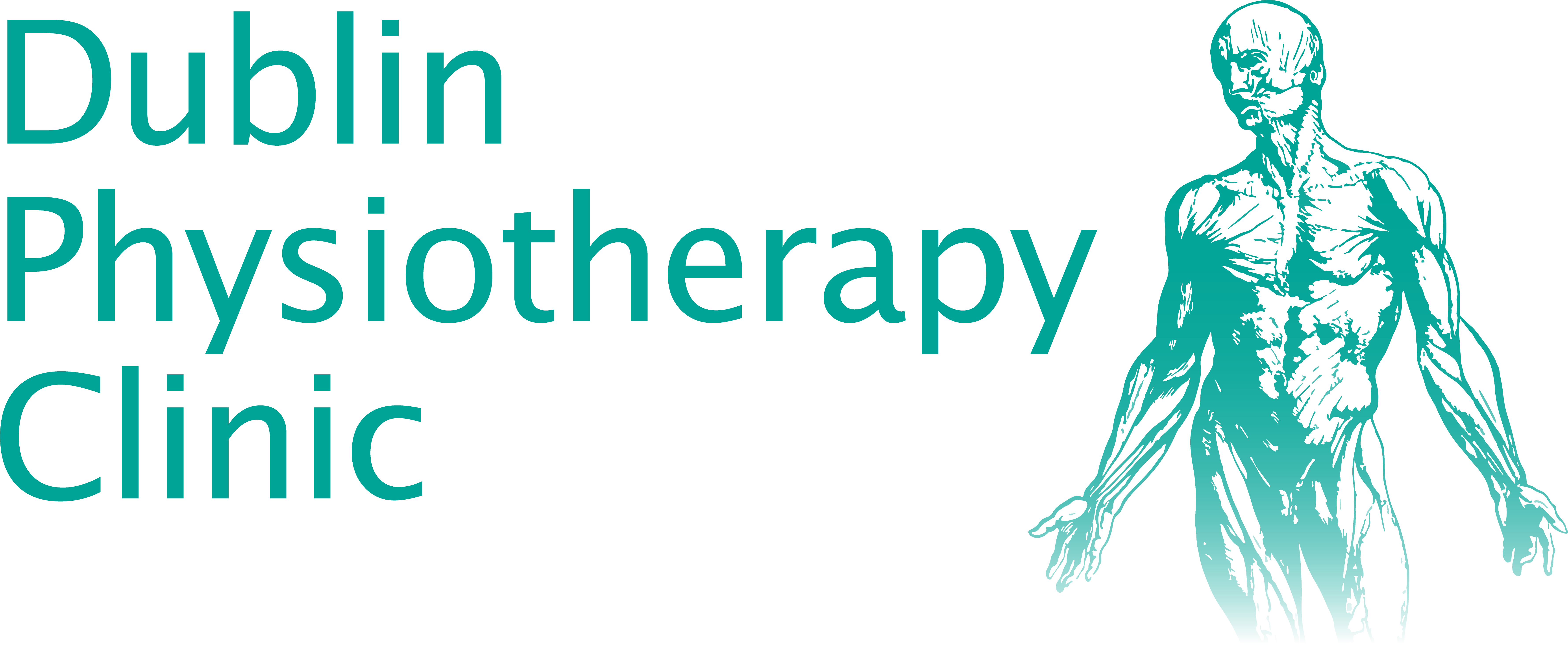In today’s weekly vlog, David Fitzgerald talks about an issue that might sound trivial: a sore big toe. Very often, in fact, patients are almost embarrassed to tell their physiotherapist. As David reveals, however, this issue can have a limiting factor to it in connection to the ability to walk, move around and do activities that require weight bearing.
To know more about the causes and solutions to a sore big toe, keep reading this article and don’t forget to watch David’s video below to hear more of what he has to say.
Main causes of pain in the big toe
Most people will recognise the most familiar type of sore big toe just by looking at it and seeing that this is pushed to one side. That issue usually represents a situation that has been occurring for several years, resulting in the big toe’s changing its position and ultimately resulting in the arch of the foot falling so that the foot tends to twist in, eventually pushing the big toe outwards. When that happens there are a lot of changes in the joint and the soft tissues get stretched, which results in a lot of pain for two main reasons. The first reason is that, when the toe pushes out like that, the prominent piece of the joint can tend to rub against the footwear and the second reason is the joint being twisted, causing pain even when doing the simplest movements.
Changing the fallen arch by doing physiotherapy for several months doesn’t always work; in fact, as David says, once the joint has already become deformed, there is no way to reverse its structure back to normality. In some cases, however, patients decide to undergo a surgical operation to straighten the toe out, something that could seem quite trivial but often takes up to six months to get back to walking normally. The operation consists in breaking the toe, realigning it with metal, reconstructing some of the ligaments around the joints, making this a complex procedure.
Other causes of pain in the big toe
Another painful situation is when the toe alignment is still normal but some movements, like pushing upwards or bending backward are restricted. That usually happens when the patient starts feeling some tightness around the big toe, restricting its ability to move and pivot, usually a gradual onset for people with a history or something caused by a new activity, such as hillwalking, well-by the extra-angle of going up the hills means that you need to pivot the foot more.
The other scenario clinicians see quite frequently involves people with restricted ankle motion, which can be because of the ankle being stiff itself or because the calf and Achille’s tendon are going stiff, limiting the pivoting motion through the ankle. Unlike soreness in the toe, this problem is not always painful, leaving people confused as to why their ankle is stiff. The effects of this problem, however, can be very negative on the long run, that is why usually clinicians decide to mobilise the ankle joint to try to get the pivoting back, redistributing the pressure to the leg.
Treatments for a painful big toe
With regards to the toe, there are plenty of things a clinician can do to try and reverse it to its original state. This includes to try and regain some flexibility, stretching the capsule out, an essential requirement for the toe to be able to pivot in a normal way. Sometimes, however, the joint might present some extra bone formation around it; a degenerative change that can only be fixed surgically. Of course, when this happens, physiotherapy isn’t enough to solve the problem. In a few occasions, the patients might also be able to undergo an operation to insert a ball between the joints, creating more space and allowing easier pivoting and movements.
So, who would have thought that something apparently so trivial like a painful big toe could be a result of so many problems? David’s video gives you an even more detailed description of the causes and treatments for a sore big toe so make sure to check it out.
That is all for today’s topic, but do keep an eye out for next week’s video.
CONTACT US
LEAVE YOUR DETAILS BELOW
[gravityform id=”1″ title=”false” description=”true”]





